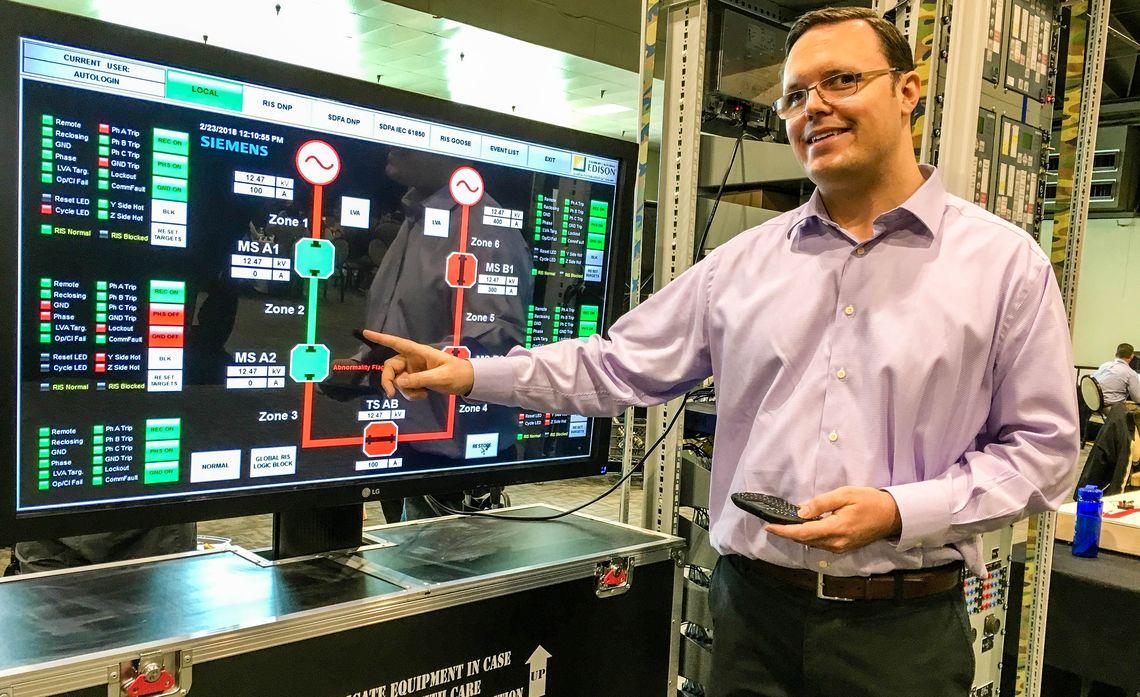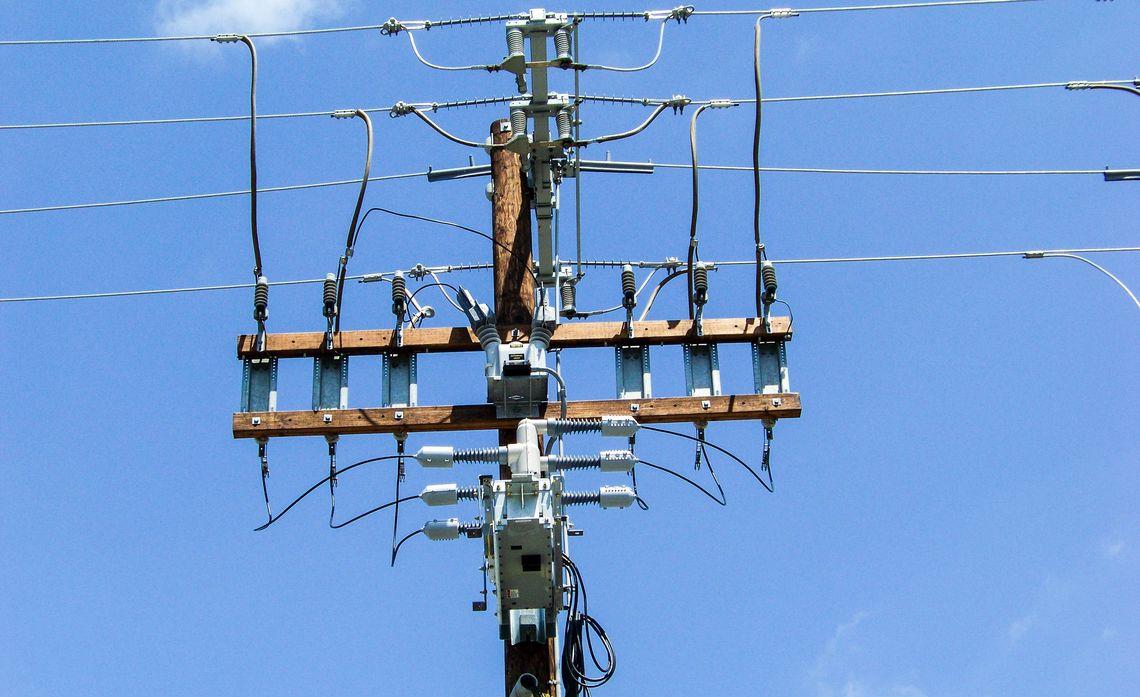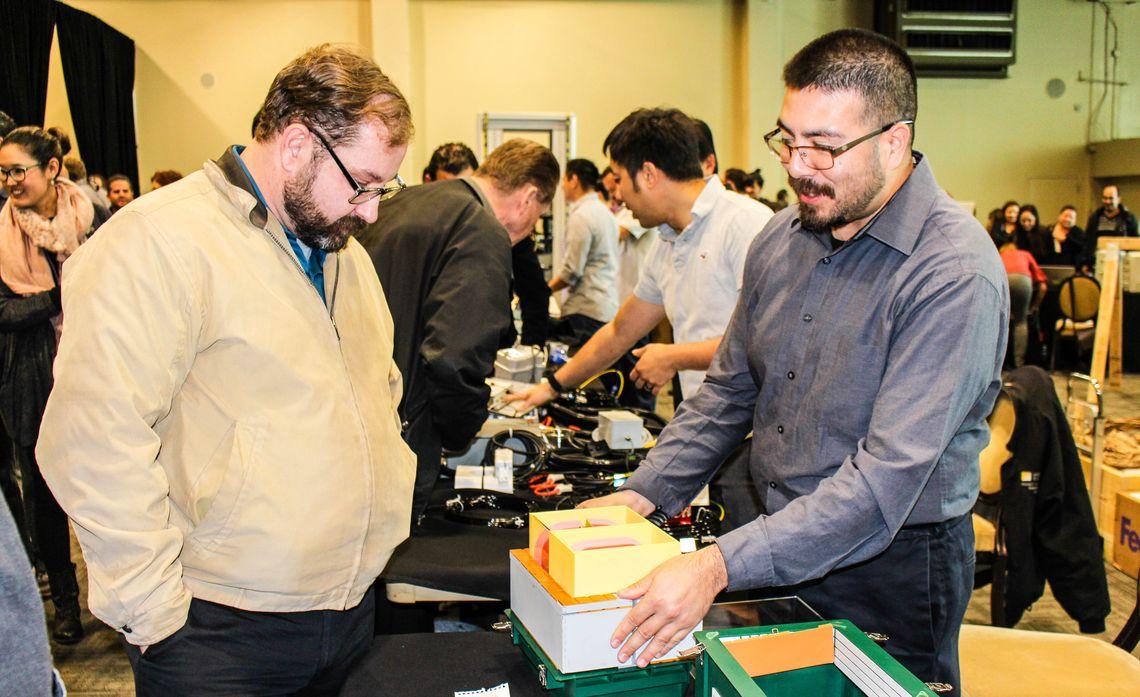SCE Uses Innovation to Improve the Power Grid
New projects will create a safer and more reliable system while reducing greenhouse gases to meet California’s clean energy goals
It seems like a simple enough idea — Why can’t the power company identify the place on an electrical circuit that caused an outage so fewer customers are affected and it takes less time to fix?
Until recently, Southern California Edison found the origin of an outage just like it has done for more than 100 years — dispatch a troubleman to patrol the entire circuit until the cause could be identified.
SCE engineer Christopher Huff and his team in the utility’s Grid Technology & Modernization group set about solving that problem. The result is a self-healing circuit that, using technology, can tell the system where a problem is and isolate it so power can be restored to most customers on the rest of the circuit in less than five minutes.
Huff explained that the new system uses individual controllers in the field to analyze the data on a circuit to make a decision about where to automatically reroute the power. In other systems, the data must be transmitted to the cloud before it can be analyzed.
“This is really unique because it is the only system where the controllers talk directly to each other and make a decision, which saves time,” Huff said.
A pilot program to test the technology has been underway in Santa Ana and could be the template for use throughout SCE’s system.
The remote integrated switch designed by Huff’s team is just one of several projects demonstrated at a recent SCE event in Pomona to highlight how Edison is using technology to create a cleaner, safer and more reliable grid of the future.
“Edison is really on the leading edge of implementing a lot of this technology,” Nestor Martinez, SCE’s vice president of Engineering & Technical Services, told the 600 Edison engineers and other employees at the event. “We want to provide value for our customers and value for our company.”
SCE uses new technology in many ways. During wildfires, analysts draw on information from various sources in the company and combine it using geographic information system technology to map out the perimeter of a fire and its relation to SCE lines, equipment and substations.
“It helps us increase our awareness and collaborate in one space,” said Gavin Jenkins, an SCE technical specialist in the Real Properties Geospatial Analysis Group.
Other SCE innovations include:
- Installing the first 500-kilovolt underground transmission line in the Western Hemisphere.
- Developing the first Hybrid Enhanced Gas Turbine system for a peaker plant, which cuts greenhouse gas emissions and saves water.
- Installing one of the world’s largest battery storage systems.
- Electrifying the transportation system for cleaner cars, buses and other vehicles.
“Engineering and innovation are central to our company,” said Pedro Pizarro, president and CEO of Edison International, SCE’s parent company. “It’s been true for more than 130 years and is even more true now.”





